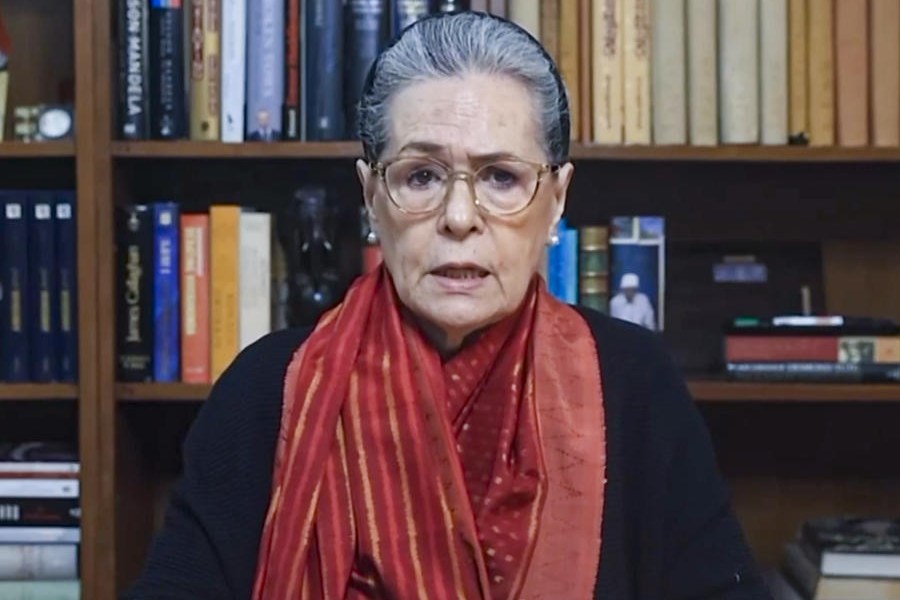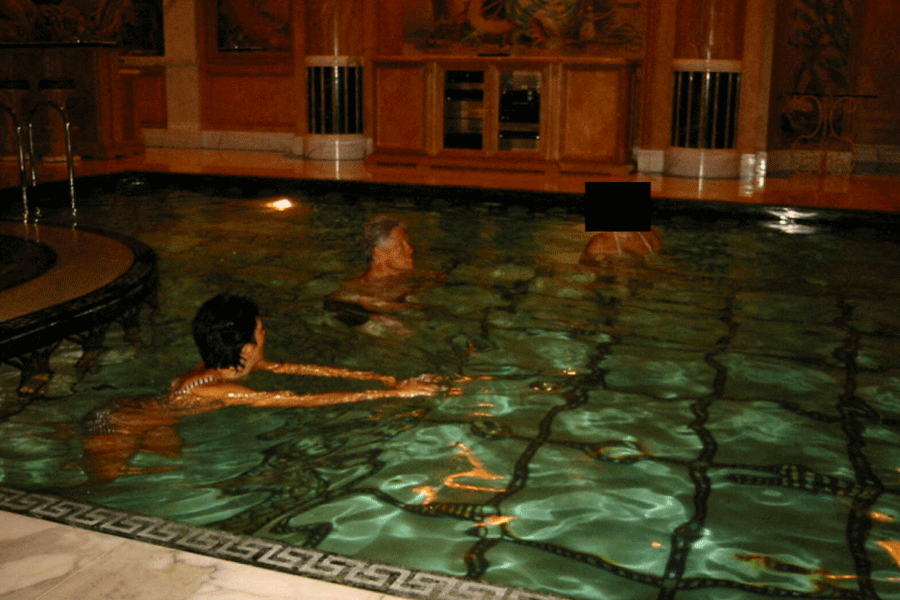
About a month from now is Bikini Day. On July 5, 1946, the first modern bikini, designed by automobile engineer Louis Réard, made its appearance in Paris, on the 18-year-old Parisian nude dancer Micheline Bernardini. Réard had been unable to find a Parisian model brave enough to model his invention. He wanted the outfit, which was “smaller than the world’s smallest swimsuit”, to have an explosive start and named it after the series of nuclear tests that started on July 1, 1946, at Bikini Atoll in the Marshall Islands.
Reard’s creation covered only 30 square inches. He felt that if it was a real bikini, it could be “pulled through a wedding ring.”

The bikini attests to the great evolution in women’s clothing, and the notion of women’s decency, which occurred in the 20th century. Even as late as in the 1890s, women were not expected to be seen bathing in Europe’s beaches. They would enclose themselves in swimming cabins, which were mounted on wheels, and these would be pushed into the sea. Inside, they would be wearing their long bathing suits.
In this part of the world, too, women, especially from aristocratic homes, were prescribed a similar method of bathing in the 19th and early 20th centuries to keep their respectability intact. Fully clothed, they would be transported to the waterfront, especially the Ganga, in palkis (palanquins), which would be lowered into the water, and the ladies would be transported back.

Australian swimmer Annette Kellerman, who held all the world records for women’s swimming in 1905, and was also a vaudeville star, was arrested in Revere Beach, Boston, in 1907, when she appeared in a one-piece bathing suit that ended in shorts, no less.
In 1969 “bikini” became a dictionary word. The first Barbie had appeared in a striped black and white swimsuit 10 years ago, in 1959.
Swimwear brand Jantzen created the term “swimming suit” in 1921. Till then it had been “bathing suit”.

But then came the monokini, designed by Rudi Gernreich in 1964, which was only a tiny bottom held up two thin straps that left the wearer’s top bare. It was an expression of the free spirit of the age, but later some more modesty was imposed on the monokini: now it is also a one-piece swimsuit with serious cutouts.
Not that the bikini does not face resistance any more. The conservative Turkmen government has apparently banned the import of bikinis, reports RFE/RL’s Turkmen Service, which claims to be the only independent source for news and information from Turmenistan. President Gurbanguly Berdymukhammedov, who calls himself “The Protector”, Turkmenistan recently also banned black-painted cars, as the president thinks that white cars bring “good luck”, fingernail polish, hair dye and gold jewellery for all state workers, as has been widely reported. No official statement has been issued by the government on any of the bans.
♦ Models: Radhika Bopaiah, Priya Das, Ananya Sengupta and Cienpy Malhotra
♦ Styling: Anushka Tugnait, Karishma Naidu and Who Wore What When
♦ Make up and hair: Johann Arora, Ashim Nath and Jason Arland
♦ Creative and direction: Nick Rampal
♦ Photographer: Paul David Martin











